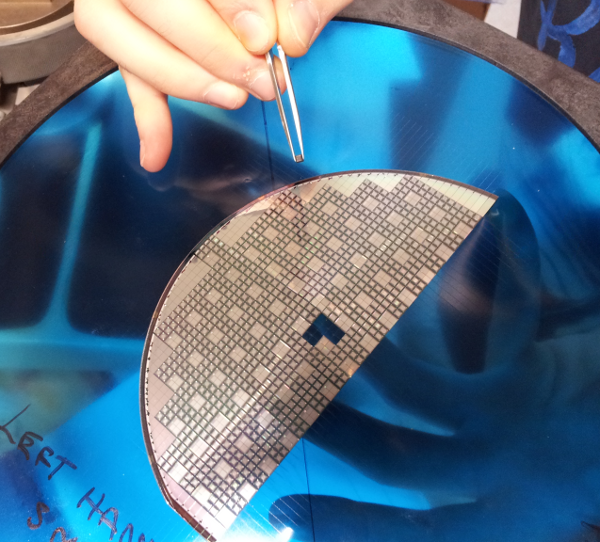
Cambridge University High Voltage Microelectronics and Sensors (HVMS) is a dedicated group in the fields of power devices and sensors.
The group has an international reputation in power electronic devices and power integrated circuits, and their uses in various applications, from power supplies and inverters to hybrid vehicles and HVDC lines as well . The group is also established in the field of CMOS based sensors and CMOS Infra-Red devices with particular emphasis on gas sensors, temperature sensors, flow sensors, IR emitters and detectors and smart sensors.
Other major research strands in HVMS include wide bandgap devices such as GaN HEMTs and Schottky diodes, nanoelectronics and CMOS compatiple Graphene and Carbon Nanotube based devices. The HVMS group therefore covers research on various aspects of power semiconductor devices and CMOS sensors.
The group forms an integral part of the Electrical Engineering Division of the Department of Engineering. It is part of one of the three main groups in this division. In the last Research Assessment Exercise (RAE), the Department was ranked first in the UK in General Engineering. The Division was awarded the Electrical and Electronics University Dept of the year award for 2011 by the European Electronics Industry.
Facilities
The group has access to extensive facilities, among which a 760m2 clean room with advanced partitions of Class 100, 1k, and 10k, a dedicated numerical simulation lab (for 15 people), the Oatley lab.. Specific equipment for power electronics and sensors include a dedicated high voltage probestation, high voltage (3.3. kV) parametric analysers, calorimeter station, a range of high frequency oscilloscopes, high current/high voltage power supplies. The group has also built dedicated gas test stations and measurement systems comprising high voltage/high current drive and fast switching.
Conferences and Publications
The group is considered a worldwide leader in the field of power semiconductor technologies and power ICs. This is reflected in its impact at the main IEEE International Symposium on Power Semiconductor Devices (ISPSD). ISPSD is the main forum in power devices and ICs and accepts over 70% of papers from industry. Since 1991 the HVMS group at Cambridge University has published over 50 papers in this conference (a record unmatched by any other academic groups). The group has also been very active in the sensors field with major presentations in the top conferences such as Eurosenors and Transducers. Staff and members of the group have received numerous IEE and IEEE best paper awards, prizes and medals (see next section). Other conferences where the group had major contributions are IEDM, IEEE ECCE, BCTM, IEEE Sensors etc.
Members of the group have published over 400 papers and are inventors on more than 70 granted patents, in the area of power electronics and related fields. The active projects in the group totalling around £2 Million, a large fraction being covered by contracts with industry . In addition, to these funds, the group also benefits from University and departmental funds, college studentships and the prestigious college junior research fellowships. In the last 10 years, the cumulative value of the projects exceeds £16M, with the main funding sources from industry, EC, EPSRC and TSB.
Impact
The HVMS group has an outstanding track record in knowledge and technology transfer to the UK and worldwide power electronics industry. The HVMS has a large of number of industrial projects, spin-offs and dedicated consultancies. This is also reflected in the high number of granted patents and the diversity of the assignees of these patents.
The group has worked very closely with established players in the field of power electronics or related fields such as Dynex (ex. GEC Plessey/Mitel), , NXP and International Rectifier in UK, ABB in Switzerland, Fuji Electric, Denso in Japan, Infineon and XFAB in Germany, ANPEC Corporation and Vishay in Taiwan etc.
Three spin-off companies have emerged from the HVMS group.